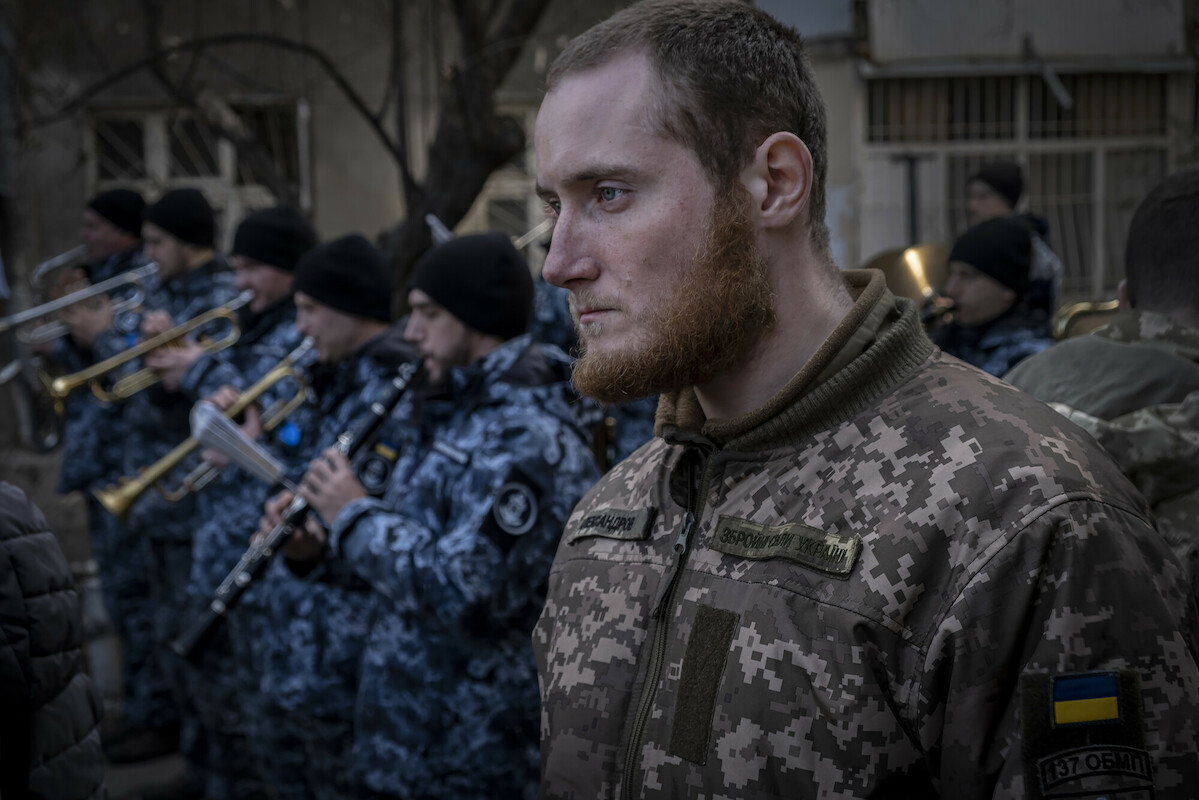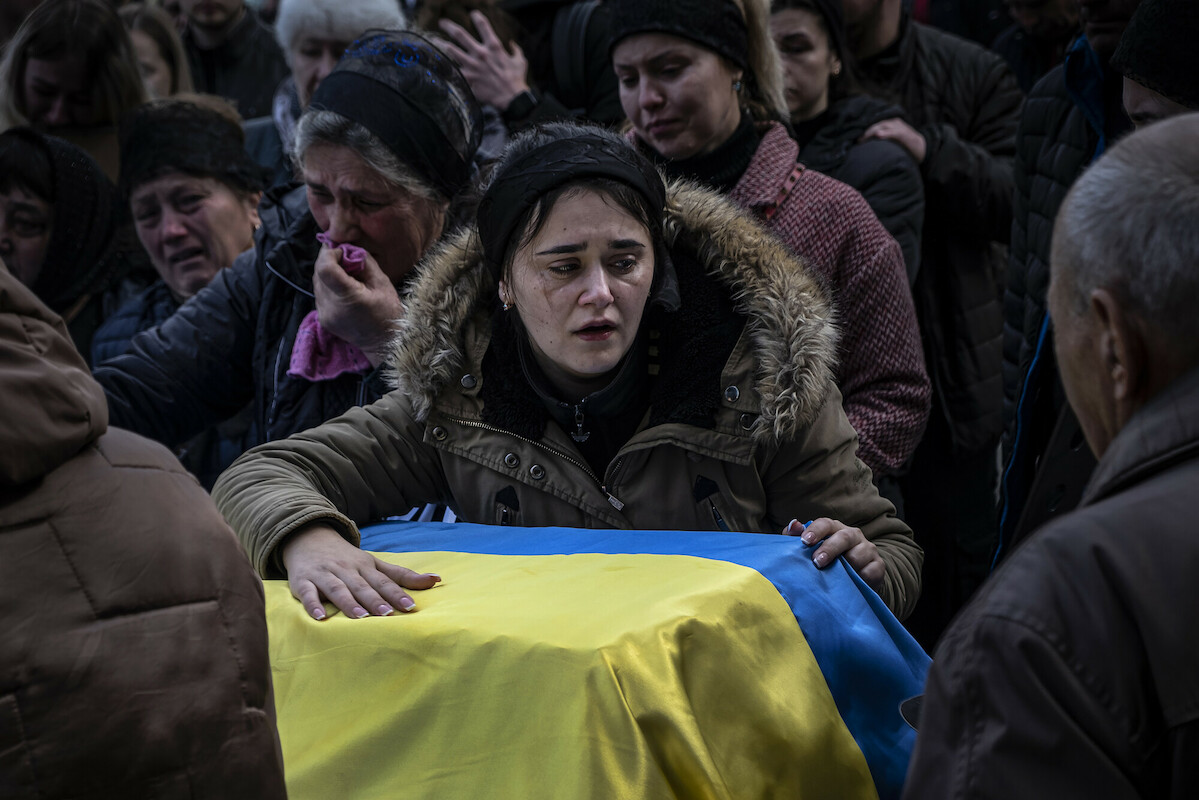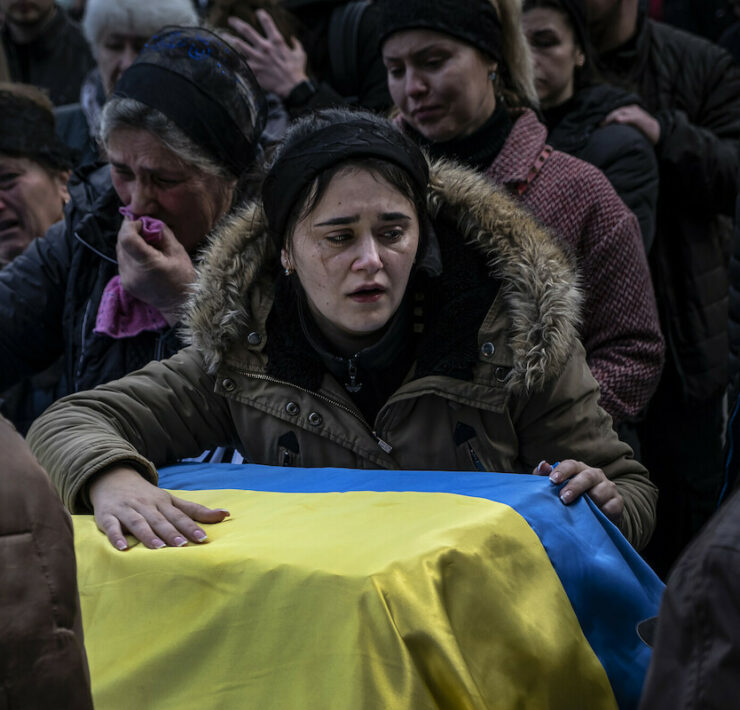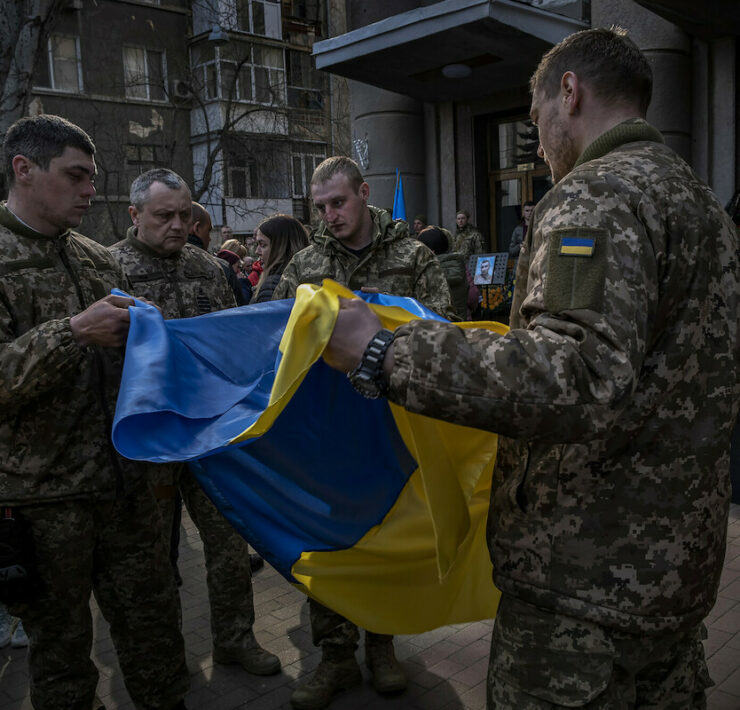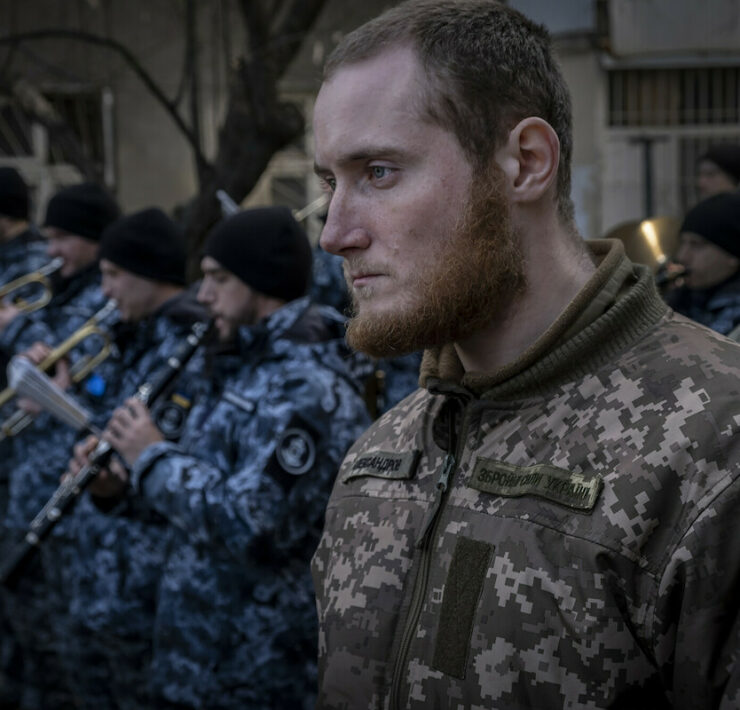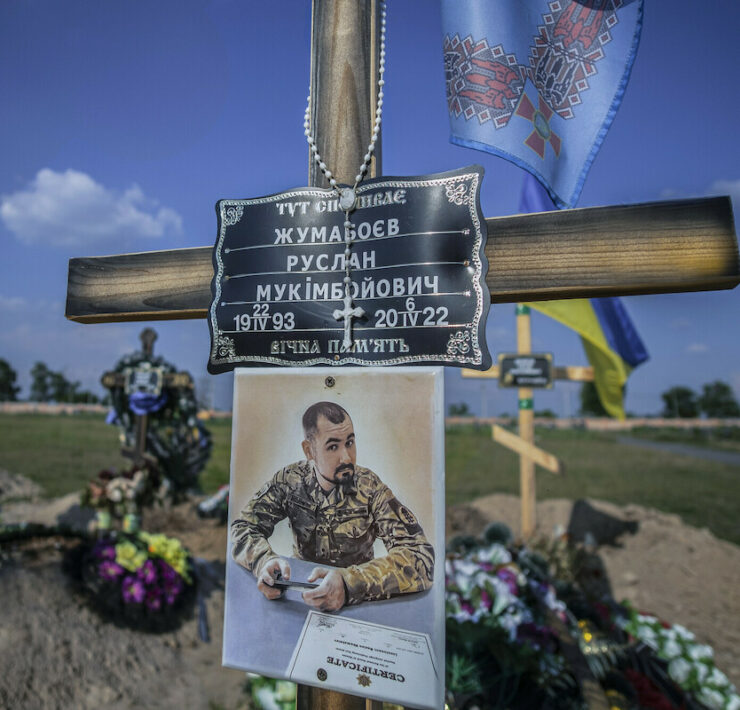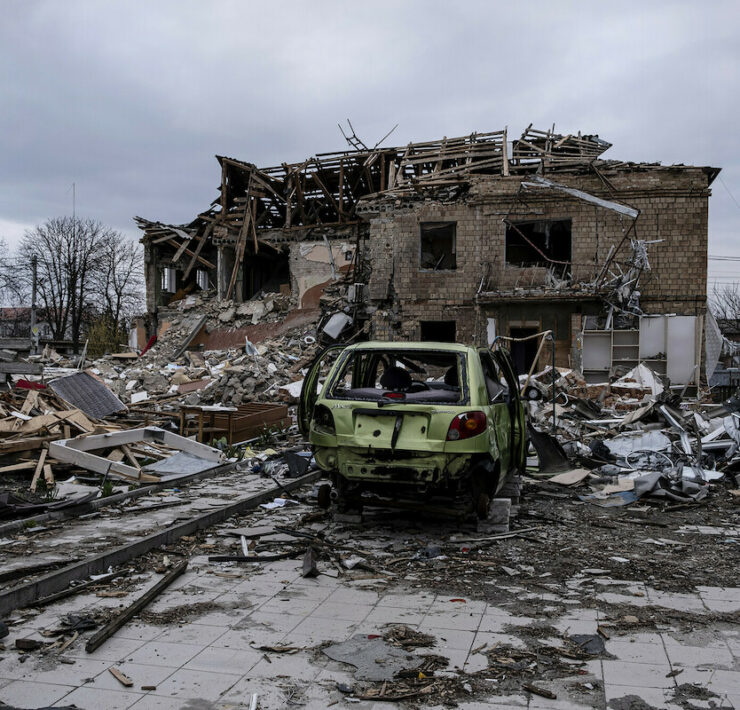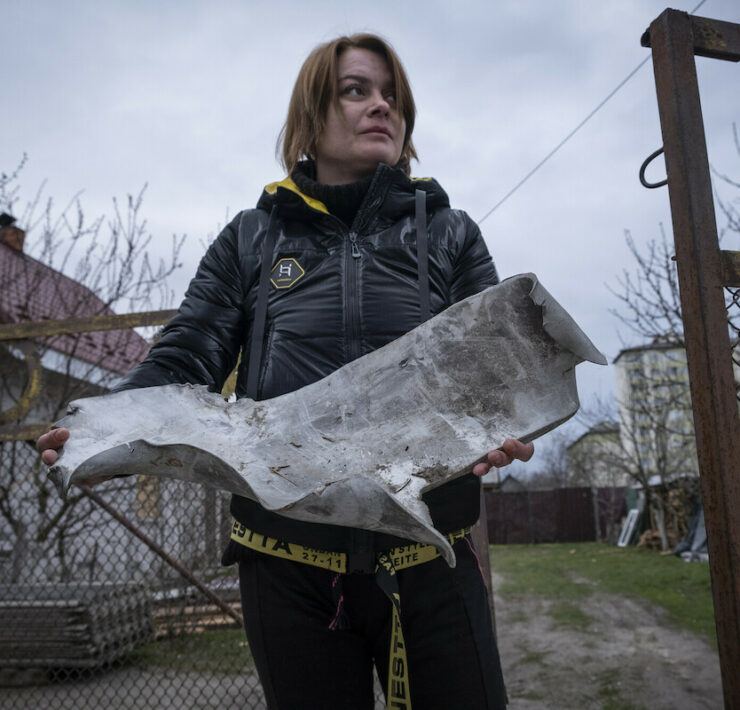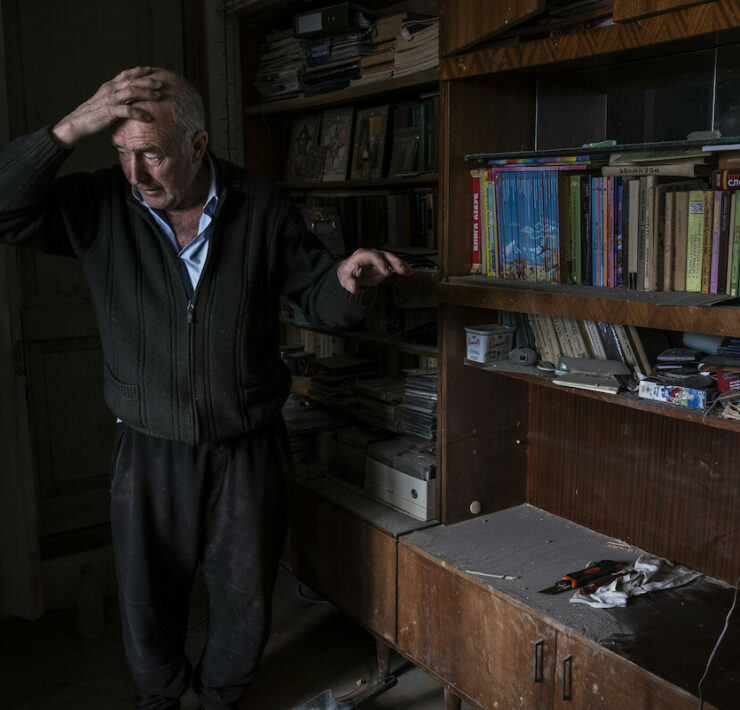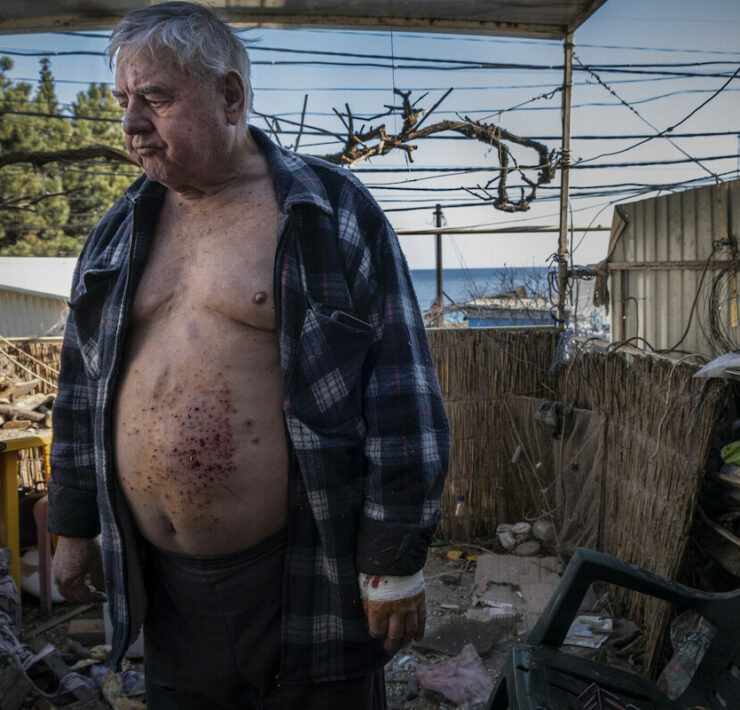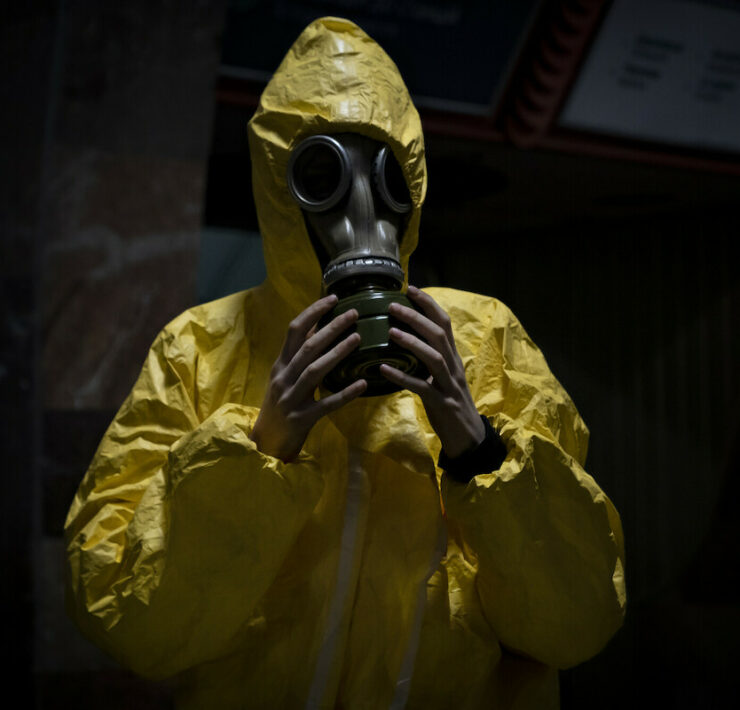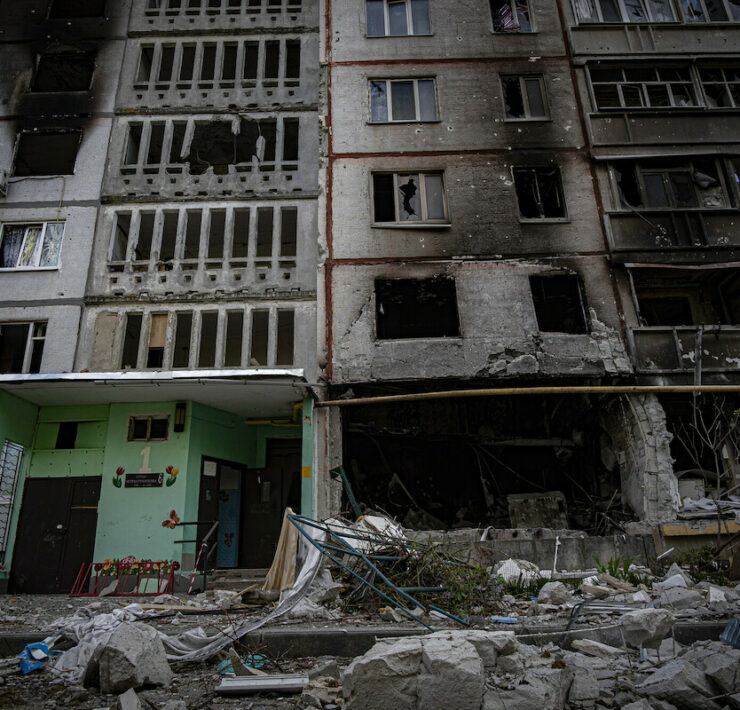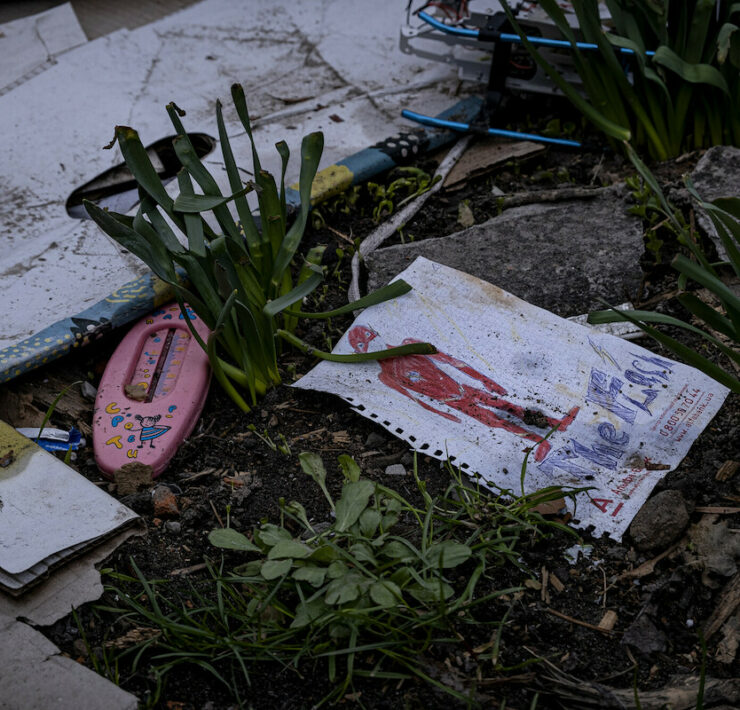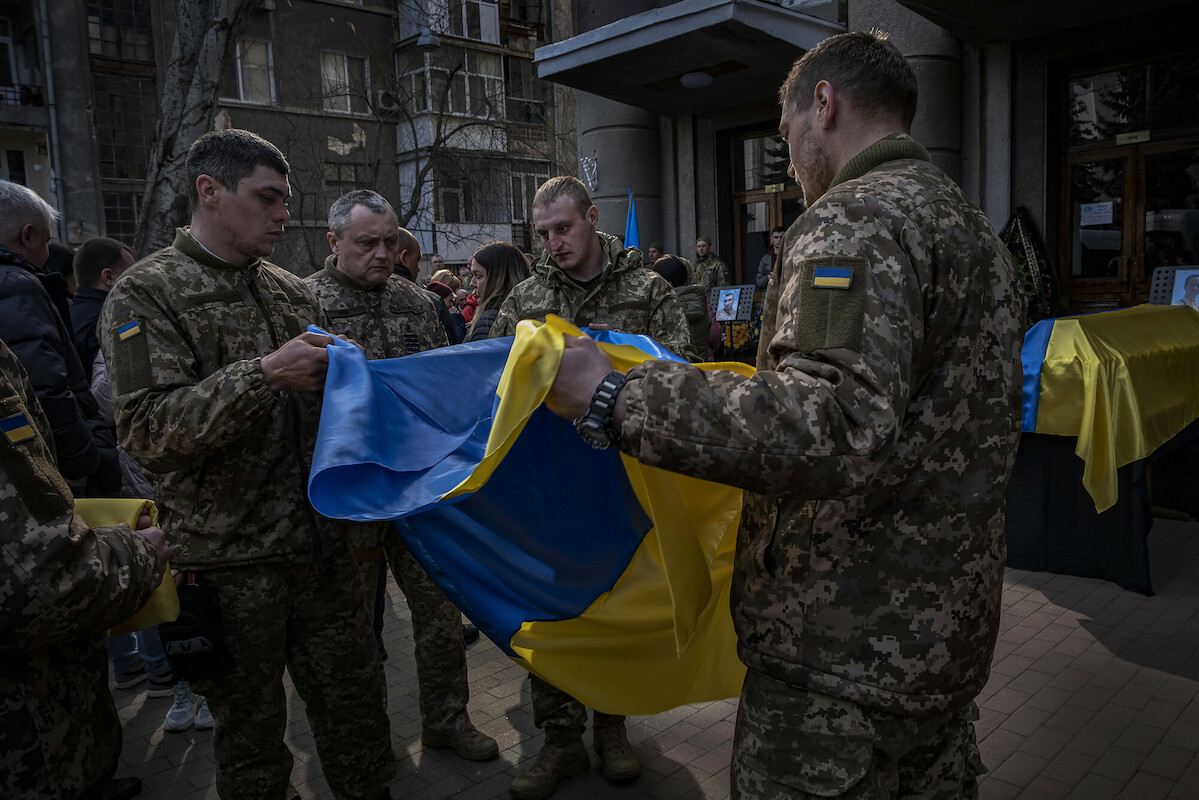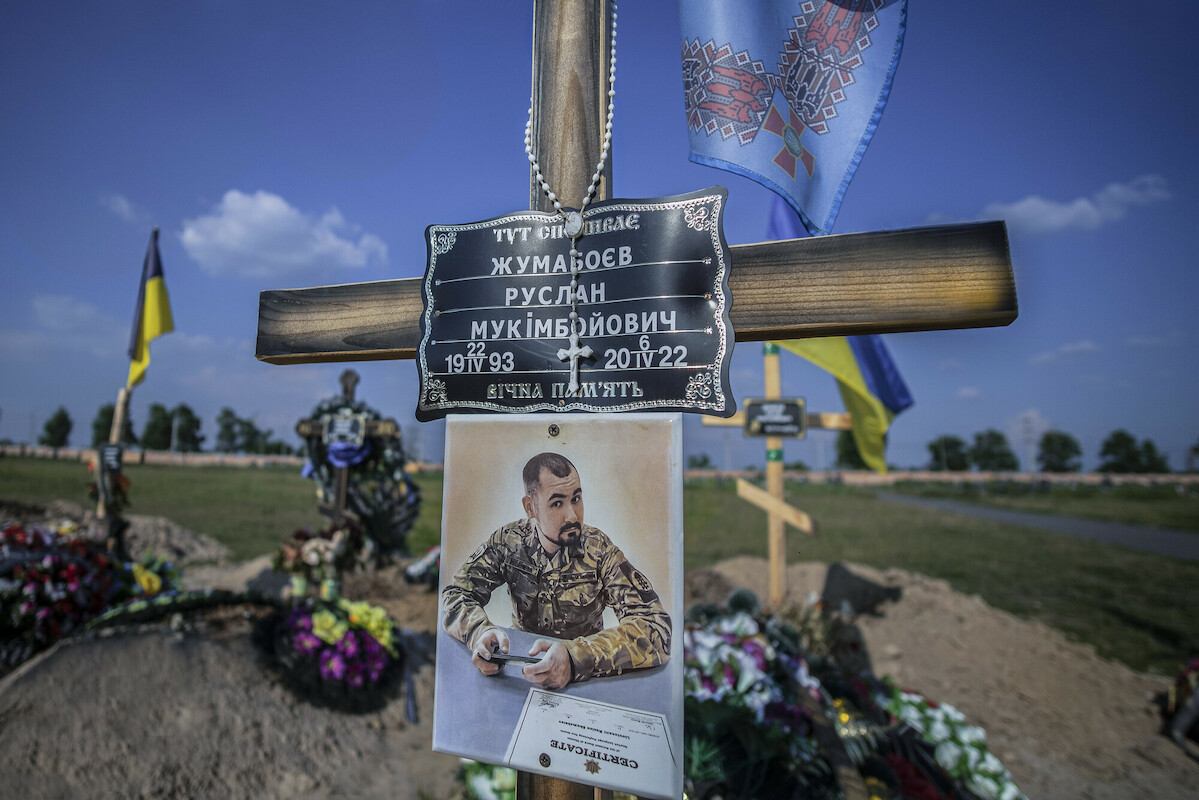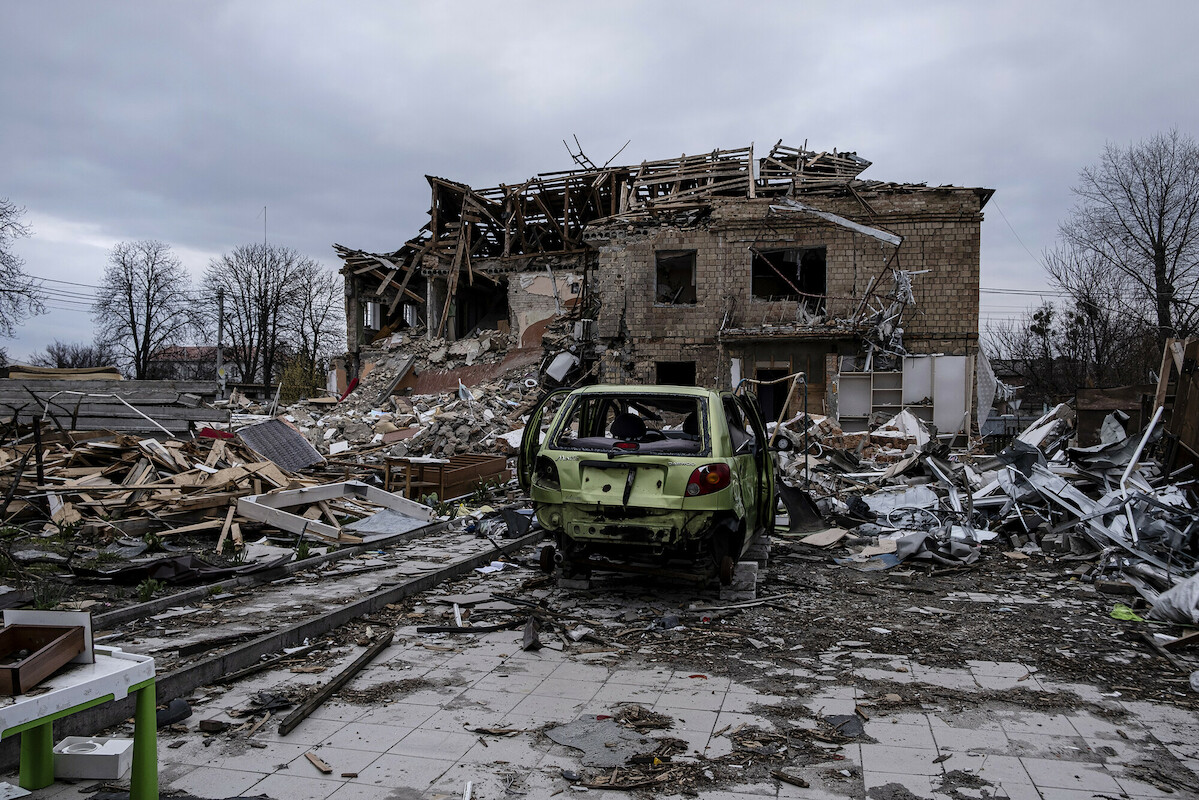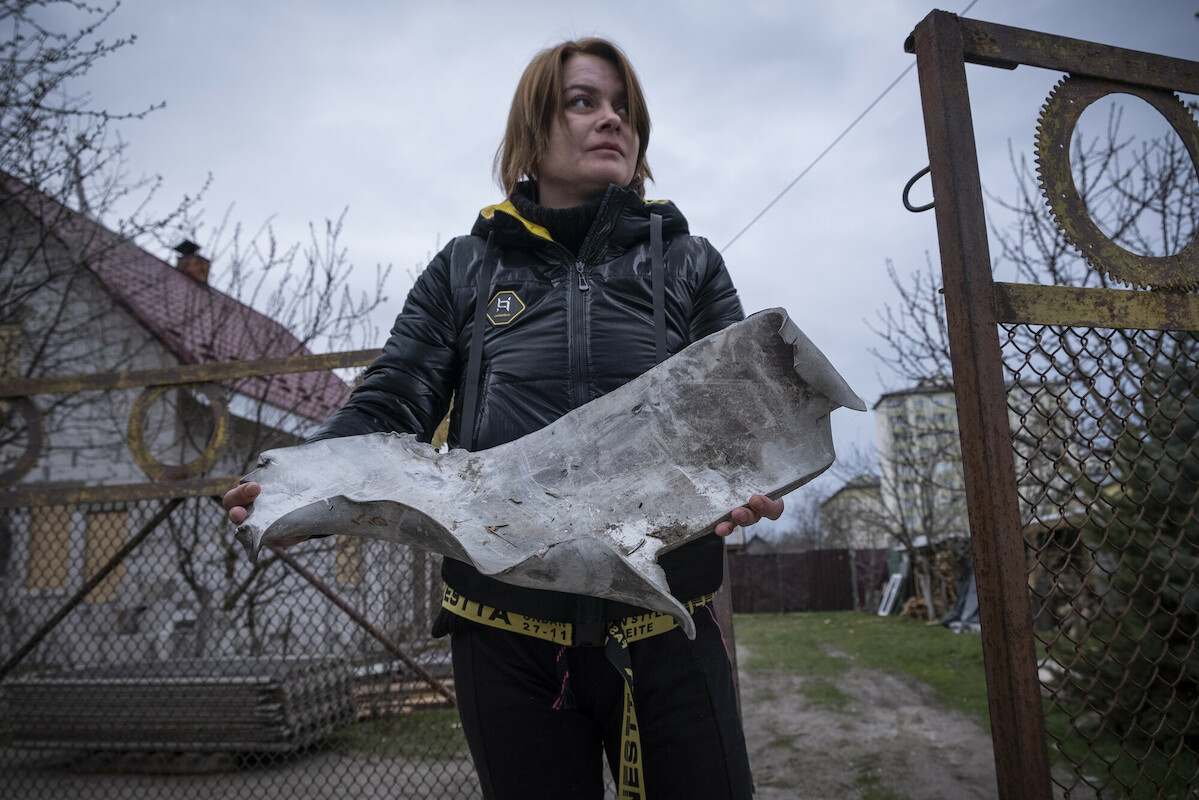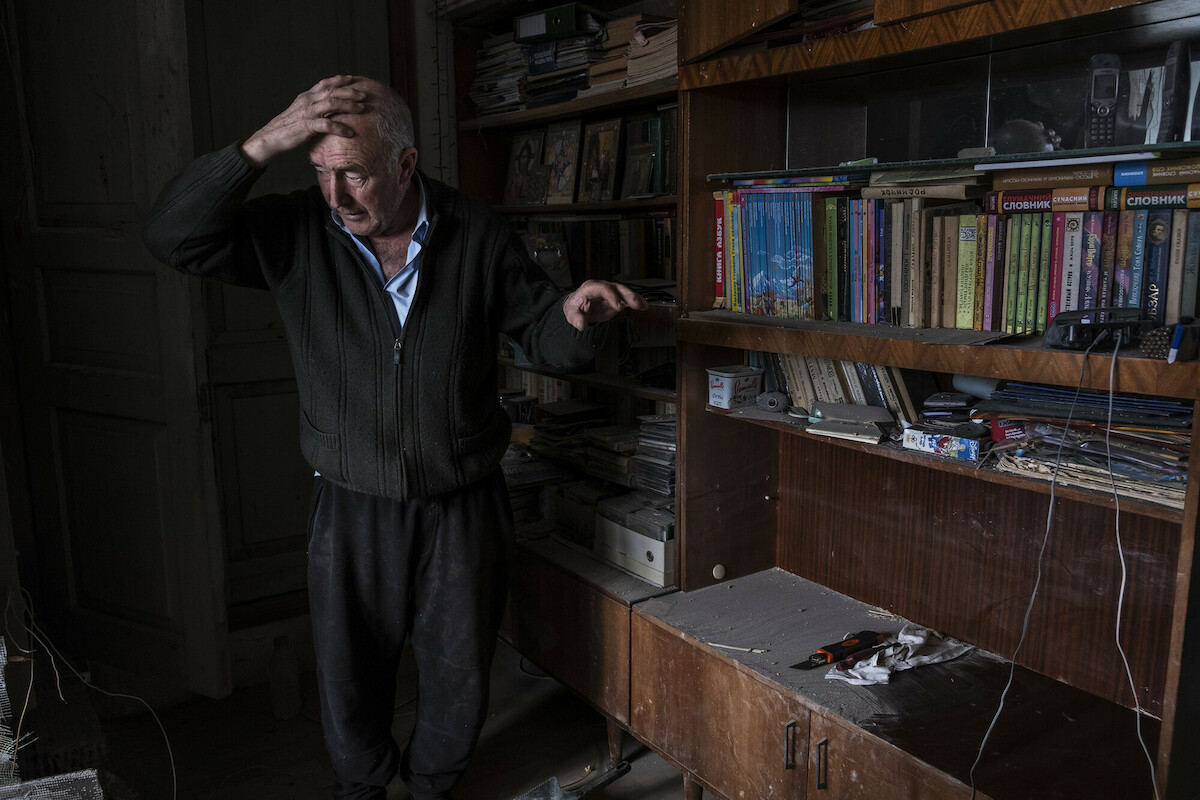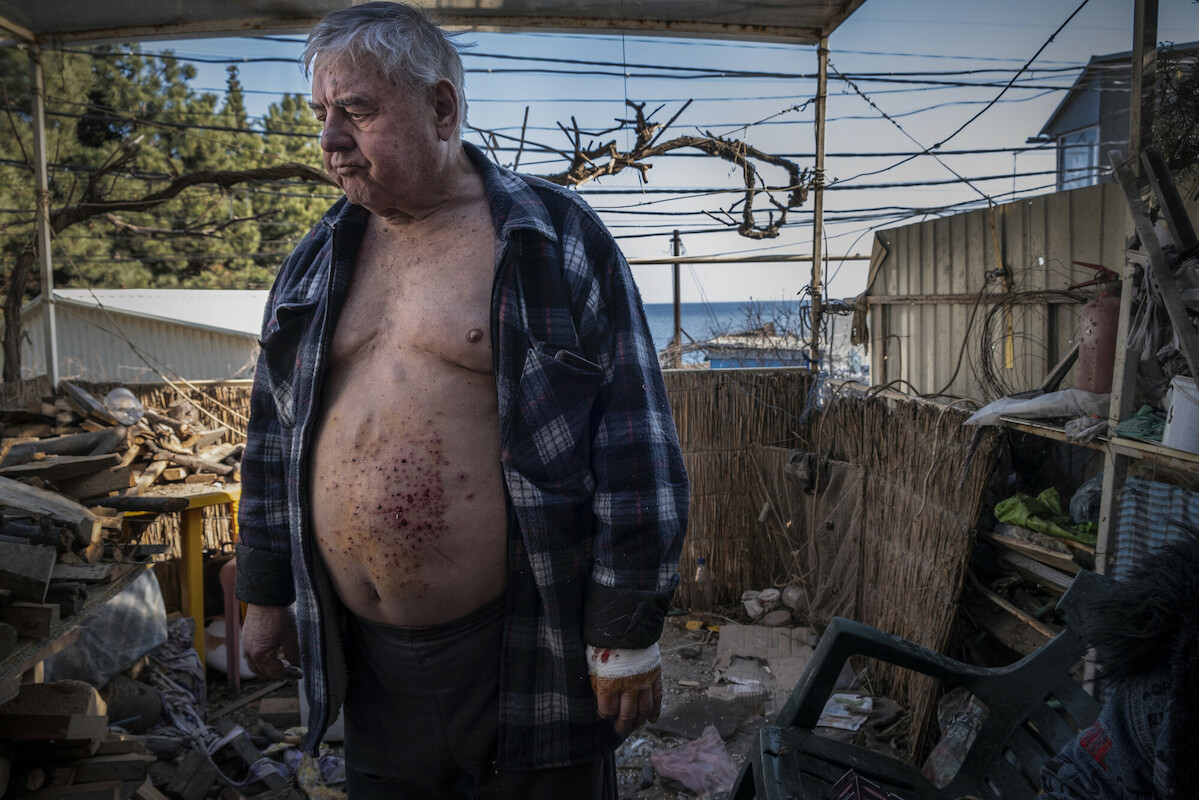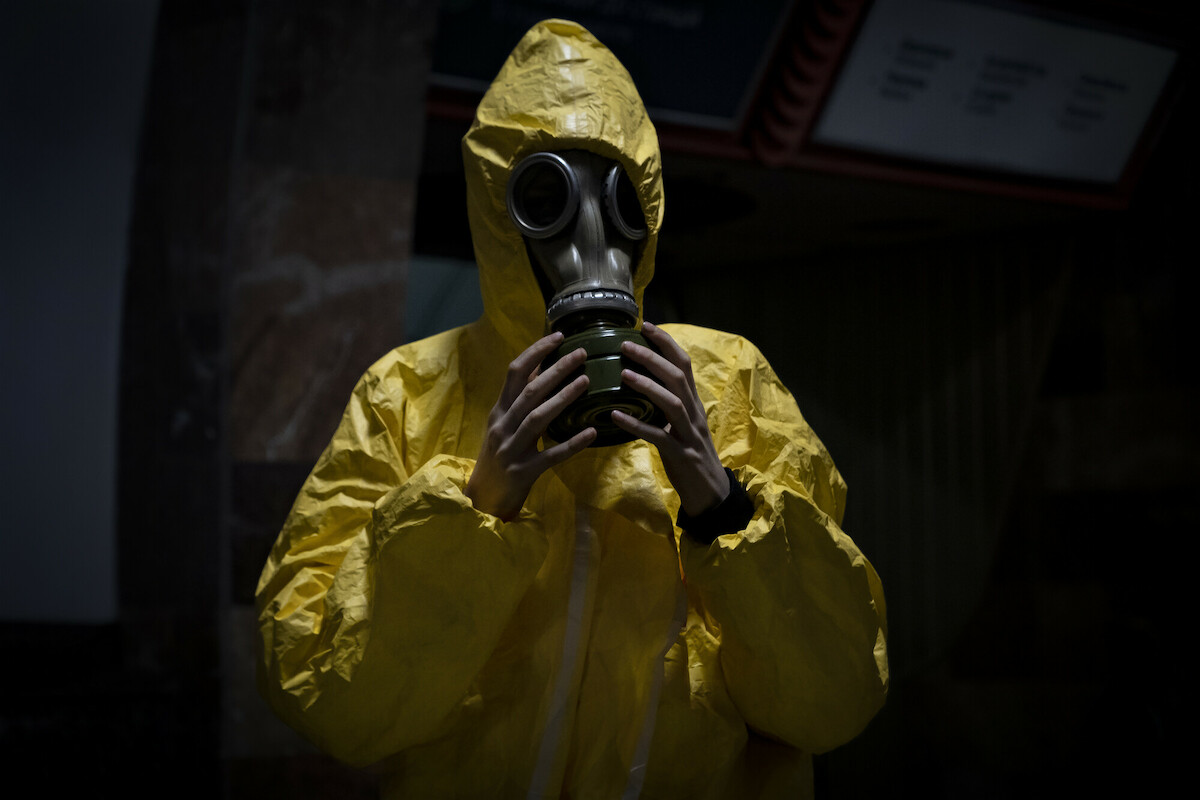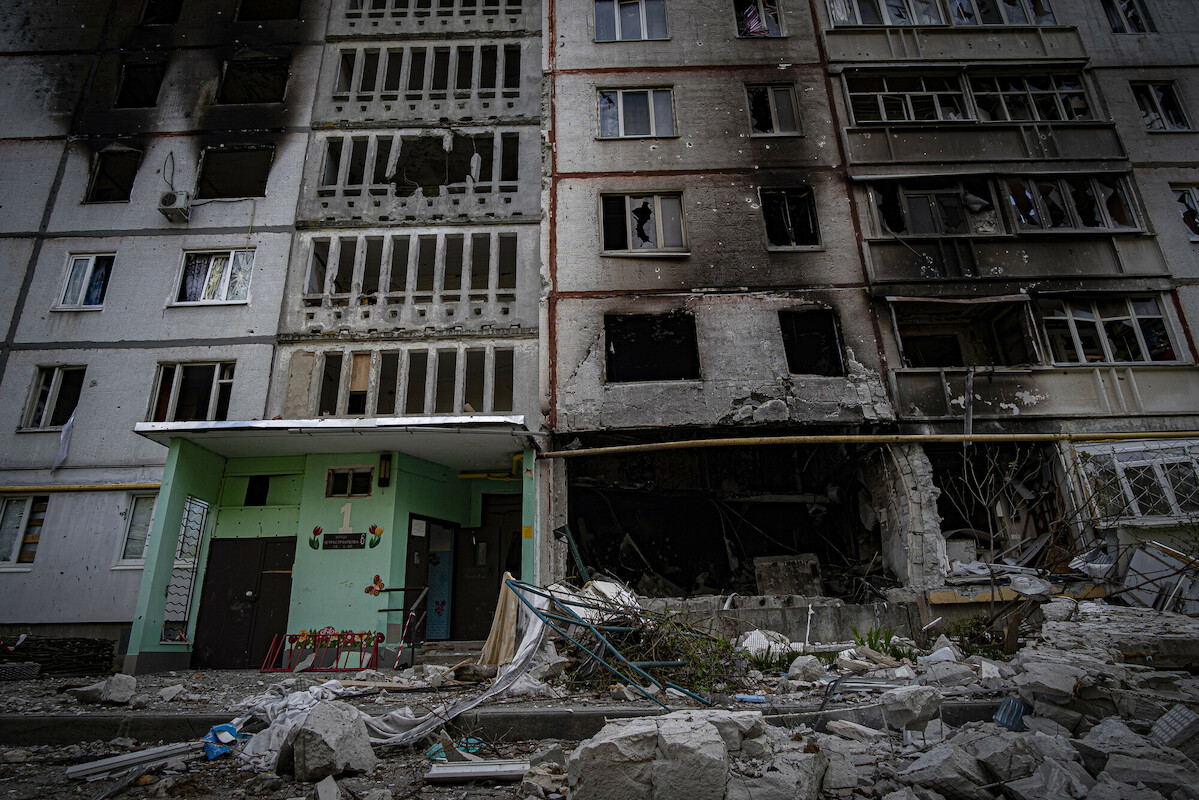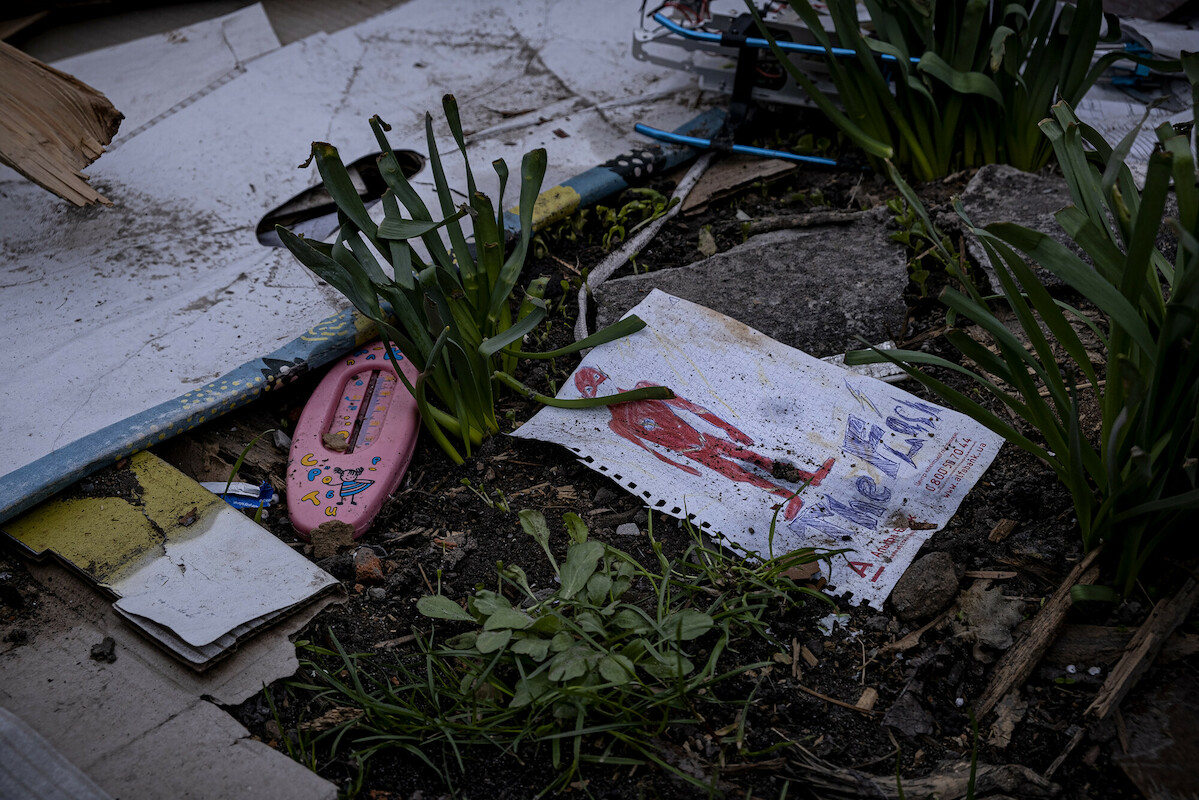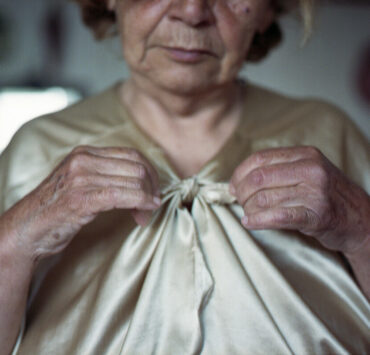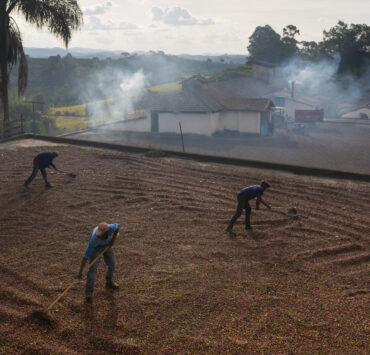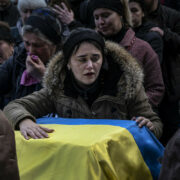
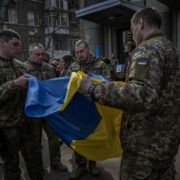
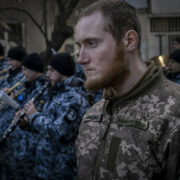
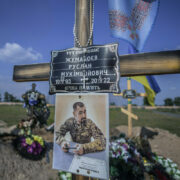 +7
+7 The face of war in Ukraine
The face of war in Ukraine
The face of war in Ukraine
The face of war in Ukraine
The face of war in Ukraine
The face of war in Ukraine
The face of war in Ukraine
The face of war in Ukraine
The face of war in Ukraine
By María Senovilla
Eyes swollen from crying. Incessant. The empty, incredulous, almost agonizing gaze. And a delicate caress on the blue and yellow flag that covers the coffin. They caress it as if it were the cheek of their loved one. They hug him, refusing to let the earth swallow him forever. And they cry for him, they cry for him until they run out of tears in their eyes.
This is how women, mothers and daughters say goodbye to soldiers who die in combat in the war in Ukraine. And more than 100 die every day. Every day. Since the Russian invasion began on February 24. More than 10,000 funerals in four months, in a country that is slowly bleeding to death, and that every day the media is less interested in.
It happens in all armed conflicts. In all humanitarian crises. During the first month they occupy the front pages of newspapers, they dedicate minutes to them in prime time. They lead all the debates. But from the third month, the media focus is fading. Although the war is at home, in Europe. Although the shock wave has reached gas stations, supermarkets and even the bread that we put on the table in half the world. The focus is fading. And we stop looking.
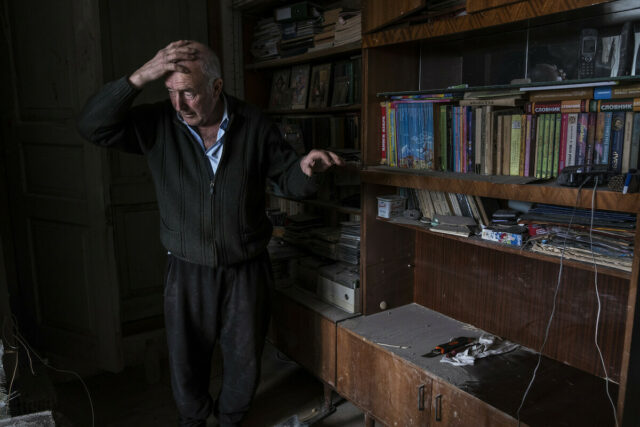
But the Ukraine war is not over. It has been concentrated in the eastern and southern provinces of the country. In the Dombas and in Kharkiv. in Zaporizhia. In Mikolayiv. Places bombed daily, with more and more powerful ammunition – now that the international community is paying less attention. Every time with more aviation, and with more cluster and phosphorus bombs. The repeated use of ammunition prohibited by International Law, and the indiscriminate and systematic bombing of residential areas do not stop.
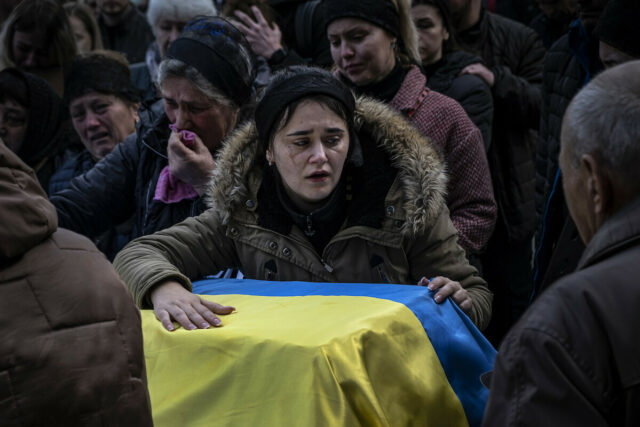
In Kharkiv province alone, more than 800 civilians have been bombed between February and June, including 45 children. War crimes have been and continue to be committed, which the Hague Tribunal has already begun to investigate. But it has started late, when the media spotlight hardly illuminates Ukraine.
To loose everything in a second
If the human losses are overwhelming, the calculation of the material damage is also terrible. In Kharkiv, a quarter of the hospitals have been attacked. More than 400 schools and institutes destroyed. And some 3,500 buildings and homes have been damaged by the explosions. Those who fled Kharkiv during the first days of the war, in many cases, no longer have a home to return to.
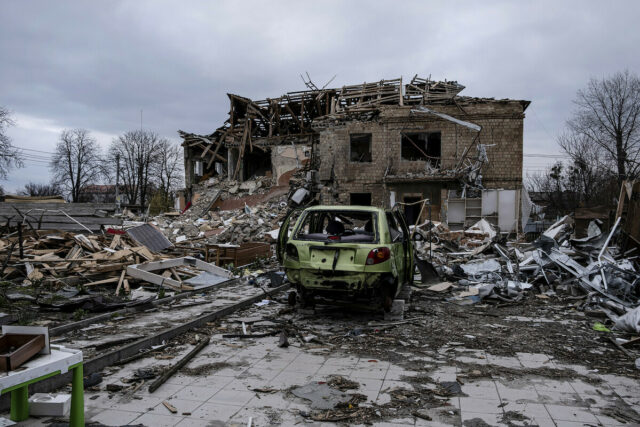
During the first weeks, more than 60% of the population of this city, the second largest in Ukraine, left the city. Tens of thousands of women with children left the country; and entire families went to other regions and provinces less affected. The bombardments gave no respite. They still don’t give it. They usually occur at night, when the city lies in darkness due to curfew. Air-raid sirens sometimes do not sound on time, and are activated after the first detonations. And fewer and fewer people go to shelters. They are tired of the sirens, the bombings and the war with which they live daily. But when one of those projectiles hits their houses, the surprise overwhelms them again.
That expression of shock, those faces of disbelief that are always repeated. It does not matter in which city you photograph them, it is always the same expression. Then comes the rage. Everyone asks “why me?”. But there is no answer. Just broken glass everywhere, debris, and a fine white powder on every surface.
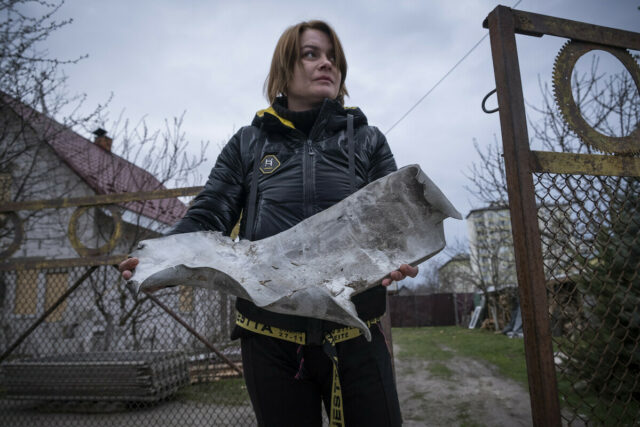
People who are injured during explosions sometimes don’t even notice the blood spurting from their bodies. The shock cancels out the pain. It is not easy to shoot the camera in the midst of shock and suffering. It is not easy to ask victims “what now? Do you have a place to sleep tonight?” But throughout these four months of conflict, the Ukrainian people have taught the world – and the journalists who have accompanied them to document the great tragedy of the 21st century – a lesson. They have given a lesson in resilience, integrity, and a firm intention to rebuild their lives.
The war in Ukraine continues. The dead too. And the fewer eyes there are looking, the more atrocities will be committed. Let’s not stop looking.
About Maria Senovilla:
Independent journalist and photographer, specialized in defense studies and communication of armed conflicts. I have worked as a war correspondent in Afghanistan and Africa. In Ukraine I have covered the first four months of the conflict continuously, I am one of the longest-serving international reporters on the ground, and my work has been published in the Washington Post, the New York Times, The Telegraph, The Guardian , RTVE, Público or El Confidencial among other media. I am part of the Covid Archive, the great photographic archive of Spain on the pandemic, which is guarded by the University of Alcalá.
Gear:
Cameras: Fujifilm X-T3, X-T2
Website: instagram.com/mariasenovilla

